Patient Assessment Tutorials
A Step-By-Step Procedures Guide For The Dental Hygienist
The ability to accurately assess patients is vital to the practice of Dental Hygiene—a complete and accurate assessment is the starting point to providing thorough patient care. Patient Assessment Tutorials takes you through the process of patient assessment, and provides you with information on both the actual physical assessment as well as effective patient communication. The highly visual, step-by-step style teaches you vital assessment processes quickly and thoroughly. Excellent features include detailed, full-color illustrations and photographs to visually guide you through procedures and techniques, case studies and personal accounts that bring the content to life, and more.
Patient Assessment Tutorials: A Step-By-Step Guide for the Dental Hygienist
has many features designed to facilitate learning and teaching.1. Module Overview and Outline. Each module begins with a concise overview of the module content. The module outline makes it easier to locate material within the module. The outline provides the reader with an organizational framework with which to approach new material. Learning objectives assist students in recognizing and studying important concepts in each chapter.2. Peak Procedures. Step-by-step instructions are provided for each patient assessment procedure.3. Ready References. The Ready References provide rapid access to important information on each assessment topic. For example, there is a Ready Reference with the most commonly prescribed medications. The Ready Reference features are designed to be removed from the book, laminated or placed in plastic page protectors, and assembled in a notebook for use in the clinical setting.4. The Human Element. This module feature focuses on the “people part” of patient assessment. Students, patients, and experienced clinicians were invited to share their experiences in this section of the modules. The features Through the Eyes of a Student, Through the Eyes of a Patient, and Advice from an Experienced Clinician speak to the human element of the assessment process. In these real-life accounts, students share their struggles and triumphs with patient assessment procedures. Patient accounts evoke empathy and pride in the impact of caregiving. In addition, this section provides a means for experienced practicing clinicians to pass on tips on assessment to students who are anxious to perfect these skills.5. Internet Sites for Information Gathering. A list of Internet sites in each module encourages students to develop skills in online information gathering. With the rapid explosion of knowledge in the dental and medical sciences, a student can no longer expect to learn everything that he or she needs to know, now and forever, in a few years of professional training. Reference books in print cannot be relied upon for the most up-to-date information.Therefore, students must learn how to quickly retrieve accurate information from reliable Internet sites, such as MEDLINE.6. English-to-Spanish Phrase Lists. As the Spanish-speaking population increases, clinicians encounter growing numbers of Spanish-speaking patients in dental clinics and offices. Teaching students to pronounce and speak Spanish is well beyond the scope of this book. For those times when a trained translator is not available, however, the modules include English-to-Spanish phrase lists with phrases pertinent to the assessment process. To use these phrase lists, the student clinician simply points to a specific phrase in the list to facilitate communication with a Spanish-speaking patient.7. Fictitious Patient Cases A–E. Fictitious Patient Cases A–E promote the student’s application of chapter information to patient care, much in the same way that he or she needs to do when caring for a real patient. With each module, more information is revealed about each patient’s assessment findings. For example, Module 4 reveals the medical histories of fictitious Patients A–E. Module 9 provides the patients’ blood pressure readings. This progressive disclosure of assessment findings parallels the manner in which students collect information on a patient in the clinical setting, gleaning new nuggets of information with each assessment procedure performed. In each module, the student is asked to interpret the assessment findings revealed in the module, relate it to information about the patient from previous chapters, and make decisions about patient care based upon these assessment findings.8. Quick Questions. The Quick Questions feature at the end of each module provides a quick review of chapter content. 9. Skill Check. The Module Skill Evaluation procedure checklists allow a student to self-evaluate his or her strengths and limitations in performing the assessment procedure and to identify additional learning needs. The checklists also provide benchmarks for instructor evaluation of student skill proficiency.Suggestions for communication role-plays are provided on the Instructor Resource CD for this textbook . Communication checklists in the modules allow students to practice and self evaluate their communication skills and to identify areas for improvement. The checklists also provide benchmarks for instructor evaluation of student skill proficiency in communicating with patients.10. Terminology and Glossary of Terms. Terminology pertinent to patient assessment is highlighted in bold type and clearly defined within each module. The Glossary in the back of the book provides quick access to terminology.11. Comprehensive Fictitious Patient Cases F–K. Module 17 of the book is comprised of comprehensive patient cases. This module presents an entirely new comprehensive patient case. All patient assessment data gathered for a patient is presented and the student is challenged to interpret and use the assessment information in care planning for the patient.
لغو
ذخیره و ثبت ترجمه
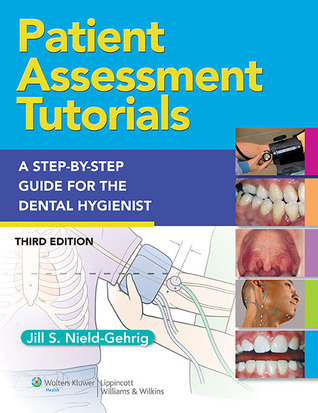


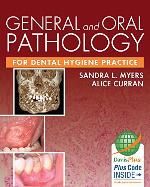
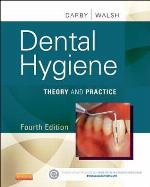


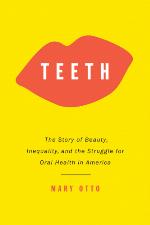

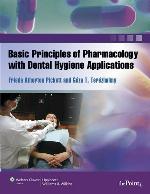
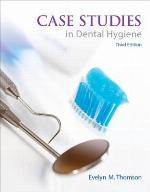
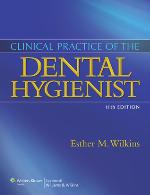

![Mosby's Comprehensive Review of Dental Hygiene [With CDROM]](https://dl.bookem.ir/thumbnails/150/ISBN13/9780323037136.jpg)
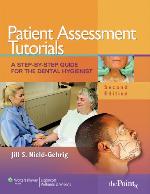

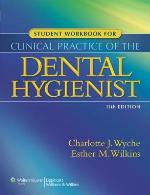
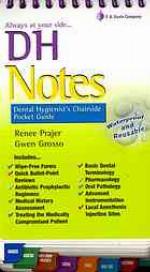


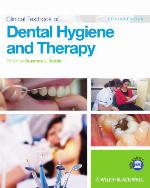
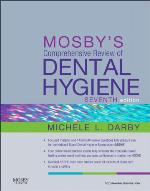




دیدگاه کاربران